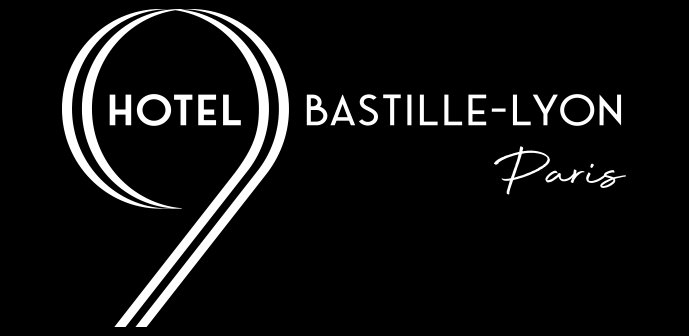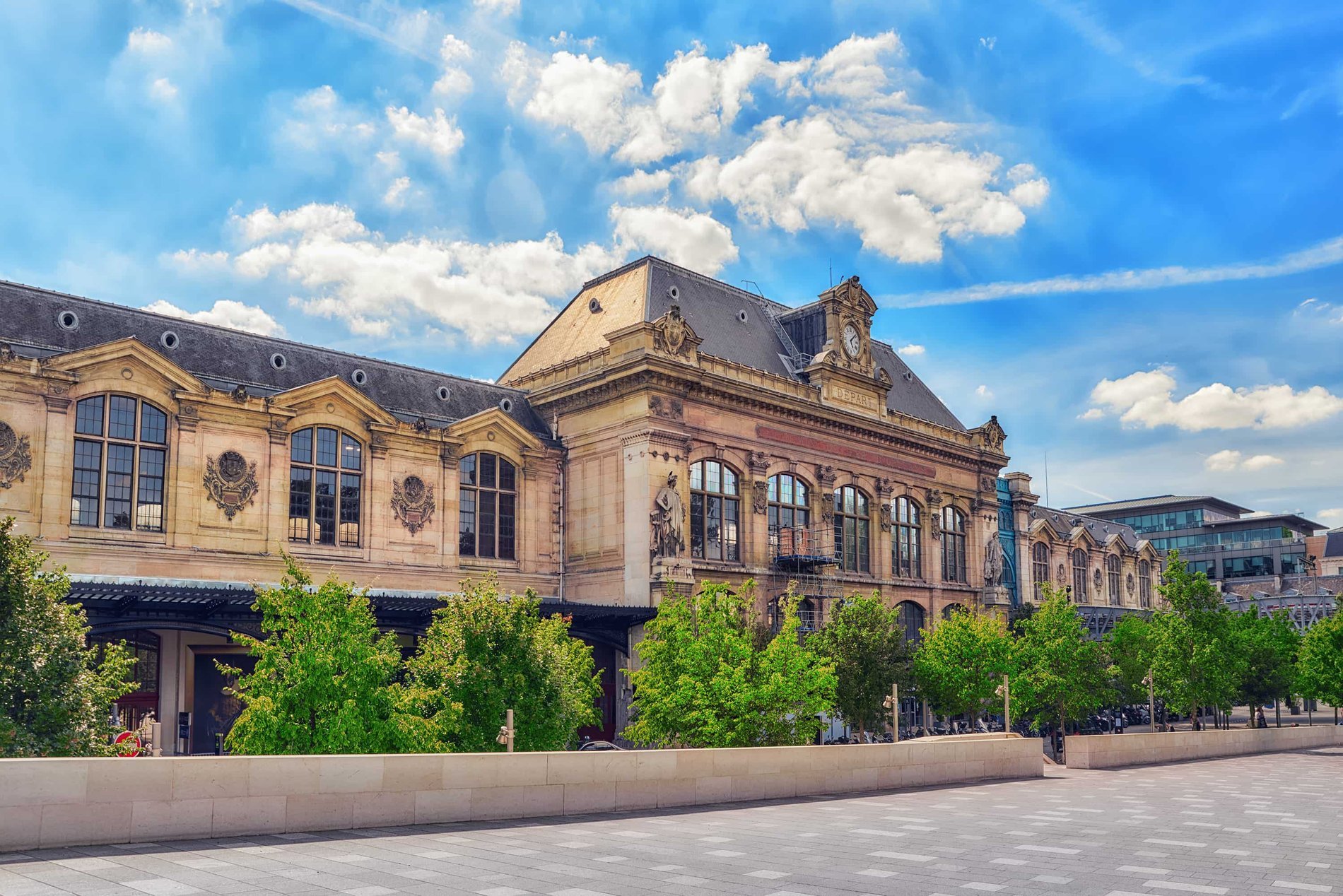9Hotel Bastille-Lyon near Gare d’Austerlitz in Paris
A Hotel Just Minutes from Gare d’Austerlitz
Located just a few minutes on foot from Gare d’Austerlitz, one of the six major railway termini in Paris, our hotel enjoys a prime location. Thanks to recent renovations, the station has become one of the capital’s most important hubs. From here, visitors can easily reach the Latin Quarter by walking through the Jardin des Plantes or taking Boulevard Saint-Marcel, which runs past Pitié-Salpêtrière, the largest hospital in Paris.
A Hotel Near Gare d’Austerlitz in Central Paris
Just ten minutes on foot via Pont d’Austerlitz, or a few minutes by car, the hotel is located less than 2 km from the station. Gare d’Austerlitz is served by two metro lines, the RER, which offers direct access to the Champ de Mars, the Eiffel Tower, and Versailles, as well as numerous intercity lines heading to central France and the Loire Valley castles.
Originally named Gare d’Orléans, the station sits on the Left Bank of the Seine, next to Pitié-Salpêtrière hospital and facing the Jardin des Plantes. Built in 1840, the station has undergone several renovations. Its vast metal hall, stretching 280 meters, evokes the remarkable architecture of the Eiffel Tower, and is the second-largest in France after Bordeaux-Saint-Jean station.
Gare d’Austerlitz was also the first Parisian train station to feature an underground line for suburban trains, and like Gare de Lyon, it has been officially listed as a Historic Monument. It takes its name from Napoleon Bonaparte’s most famous military victory in 1805, though the former station restaurant “Le Grenadier,” named in tribute to the battle, was demolished in 2012.
A Station Close to the City Center
Stepping out of Gare d’Austerlitz, travelers find themselves directly on the Left Bank of the Seine, facing the Jardin des Plantes and Boulevard de l’Hôpital, which runs alongside Pitié-Salpêtrière, the largest hospital complex in Paris.
It was Louis XIV who tasked architect Libéral Bruant with building a hospital on the site of a former gunpowder factory—hence the name “Salpêtrière”, from salpeter or saltpeter, used in making gunpowder. Originally created to house beggars, and also used as a prison, La Salpêtrière became, on the eve of the French Revolution, the largest hospice in the world, capable of sheltering 10,000 people. Today, it is still a leading public university hospital, considered a city within the city, and home to world-renowned medical departments.
From Gare d’Austerlitz to Rue Mouffetard
To reach the legendary Rue Mouffetard, one of the oldest streets in Paris—dating back to the late Roman Empire, in the 3rd century AD—you can walk or take a bus or car up Boulevard de l’Hôpital, then continue via Boulevard Saint-Marcel, or stroll through the Jardin des Plantes, the largest botanical garden in Paris.
The Jardin des Plantes is home to the National Museum of Natural History, including the famous Gallery of Evolution, known for its impressive collection of dinosaur skeletons. As early as the 16th century, herbalism classes were taught here by Nicolas Houël, the king’s apothecary. In 1626, a royal decree established the Royal Garden of Medicinal Plants. In the 18th century, Buffon served as its director, and it was during the French Revolution that it was renamed Jardin des Plantes. The garden is traditionally open from sunrise to sunset.
In earlier times, the Bièvre River—now flowing underground—ran south of the garden. Five large metal-frame greenhouses line the formal French garden path, showcasing tropical and desert flora.
The Ménagerie, or zoo, created in 1793 by Bernardin de Saint-Pierre, is the second-oldest zoo in the world. It is still home to over 1,000 animals, including rare species and a vivarium.
The Latin Quarter and Montagne Sainte-Geneviève
Leaving the Jardin des Plantes via Rue Geoffroy Saint-Hilaire, you’ll find yourself facing the Great Mosque of Paris, designed in Hispano-Moorish style, inspired by the Alhambra of Granada. Here, you can enjoy mint tea with oriental pastries, dine in the restaurant, visit the hammam, or explore the beautifully decorated prayer hall.
Just a few hundred meters away are the Arènes de Lutèce, classified as a Historic Monument. Open daily and free to visit, they are, along with the Cluny Baths, the last visible remains of Gallo-Roman Paris.
From there, you can begin your ascent of the Montagne Sainte-Geneviève, leading to the Panthéon, in the heart of the Latin Quarter. It is surrounded by iconic landmarks: Lycée Henri IV, Saint-Étienne-du-Mont Church, the former École Polytechnique, the Sainte-Geneviève Library, the Sorbonne, and the Luxembourg Gardens.
Before heading back to the Seine, stroll along Boulevard Saint-Michel, or take a peaceful detour through the Luxembourg Gardens, perhaps pausing by the Medici Fountain, beneath the windows of the French Senate.


